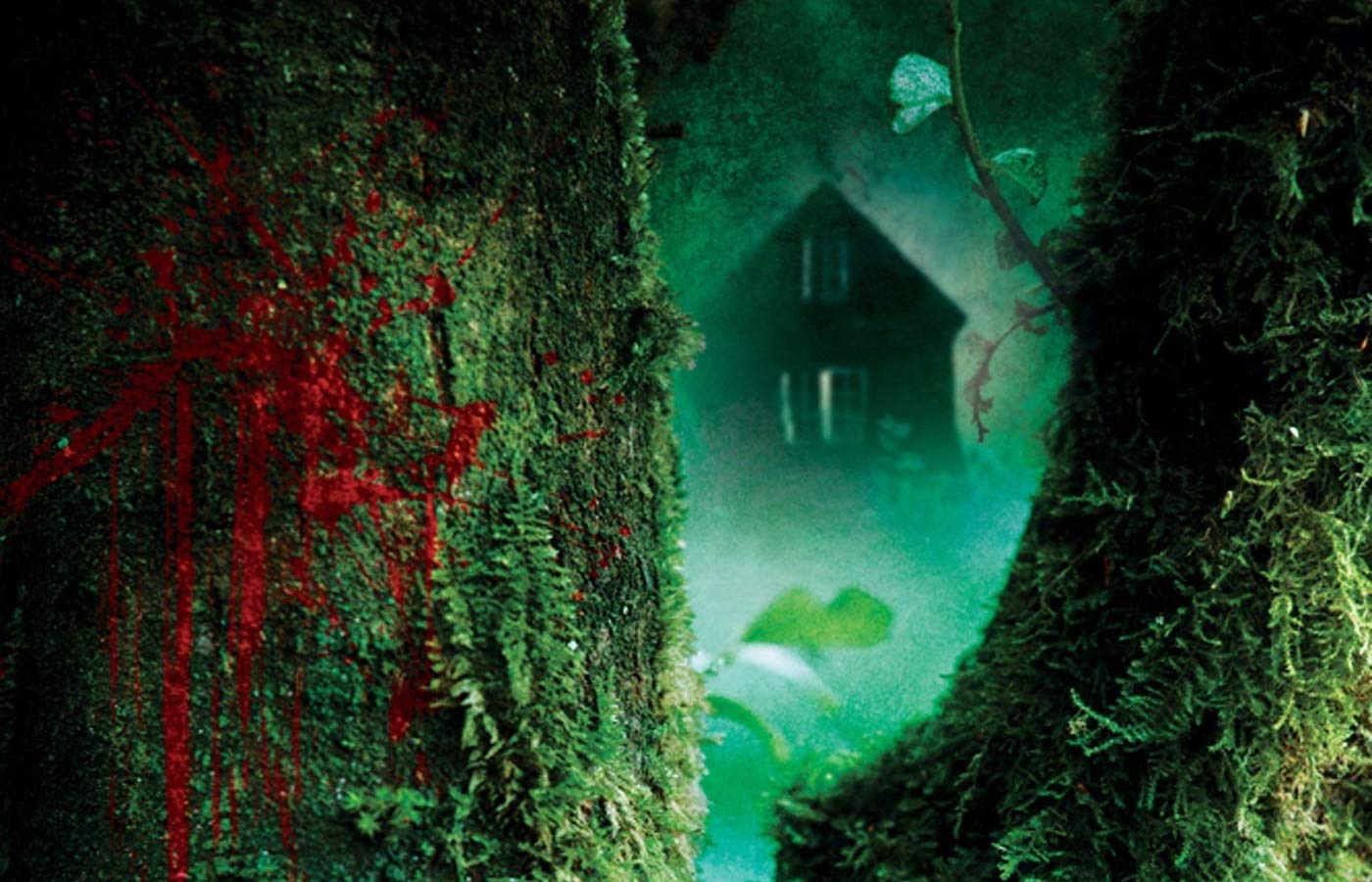I was a wee boy that was always fascinated by death and those who mete it out. I think, being Scottish, that this is a natural part of our culture.
From Sawney Bean and his family of cannibalistic cave dwellers; to a history drenched in repeated wars for freedom and autonomy, Scots are well versed in the bloodier aspects of history. So, any book that promised a disturbing – true! – series of murders always had my attention.
It was this facet of myself that kindled a sympathy for Kyle Freeman in Adam Nevill’s The Last Days. And a sympathy for his descent into discovering the secrets behind Sister Katherine’s Temple of the Last Days.
And it is a descent.
Adam Nevill’s The Last Days pulls the character Kyle along so expertly that by the time you realize that Kyle’s in too deep, it’s far, far too late.
After being hired by the wealthy Max Solomon to film a guerrilla style documentary on The Temple of the Last Days, Kyle thinks his prayers have been answered. Heavily in debt, fearful of the demise of his filmmaking career, and genuinely intrigued in the literal last days of The Temple of the Last Days, Kyle jumps at the offer. While he has some reservations, they come across as perfunctory, and Kyle recruits his best bud and camera man Dan to film the documentary.
Adam Nevill’s The Last Days and Transatlantic Horror
One of the most intriguing features of the novel were its myriad of settings. Kyle and Dan follow the cult’s journey from London, to France, to the desert in Arizona, each leg of their journey opening each of them wider and wider to the follies of Katherine’s dalliances in the Satanic.
Adam Nevill’s Last Days and the description of the farm in rural Normandy give echoes of nineteenth century European gothic images. Its rurality, hidden away from the well trodden paths of tourist Normandy, and of the farmers that traverse the beautiful landscape are reminiscent of the hidden, labyrinthine passageways of Dracula’s castle. Where true mastery of the prose sets in is how the farm in France acts as a blurred line between the urban horror of the film sequences in London and the remote brutality of the Arizonian desert.
One of the interesting manoeuvres made by early American gothic writers was how they excavated the Old World works that they had grown up with, developed with, and then transformed the subtleties of that prose onto the American landscape. Bereft of ancient castles, centuries long stories of folklore, and a cultural heritage in which to found the tensions within their gothic, Hawthorn, Melville, Hannah, and others rooted their words in the most ancient setting available – the great American wilderness.
Still, focussing on Nevill’s discussion of the farm inhabited by Katherine and her cult, we can see how Nevill plotted a semi-religious course (rooted in historical fact) through Europe to America. In one gruesome scene (light spoiler) one character is maimed by one of the traps Katherine and her acolytes had surrounded her farm with to stop members of the cult escaping. It’s a powerful scene for several reasons. The first is that it conjures images of American expansion westward and the continual conflict with the indigenous people of the land. It centres Katherine’s ideology in a reverse cycle, one in which she is trying to recede inward on the new culture she was developing, rather than trying to colonise outwards with it. Her intention was always selfish, focussed on her own ambition which I won’t reveal here. Nevill deftly places his narrative within a discourse of cultural isolation and extremism which is often as terrifying as the plot he develops.
— FOUNDATIONS OF HORROR —
Further explore these subgenres & tropes. more>>
#Religious horror | #Foreign Locations are Scary | #Folk horror

The second reason it is such a vivid scene is that it mirrors previous generations expulsion/immigration to America in search of religious safety. Katherine is creating her cult of celebrity amongst her own followers, and recognises that the European climate of the time does not support the goals she aspires toa s readily as the American one. Katherine operated in the late 1960’s and early 1970’s so the Manson comparisons go without question. But this recognition of American culture being more receptive to her machinations and manipulations struck me as a coherent through line of history repeating itself.
While this is just one rambling argument for how well I feel Adam Nevill has crafted a transatlantic horror novel that encapsulates a spirit of historical reverence, please do not mistake this novel for that alone. One of my favourite discourses on the novel come from Niall Alexander and he chooses to focus on the docu-aspect of the story instead.
One of my favourite things about horror is how multi-faceted and intriguingly ambivalent it can be for so many different people. In an oft maligned genre, it’s these rambling thoughts and the work of websites like this one that keep the spirit of horror alive.
Last Updated on October 28, 2021.

